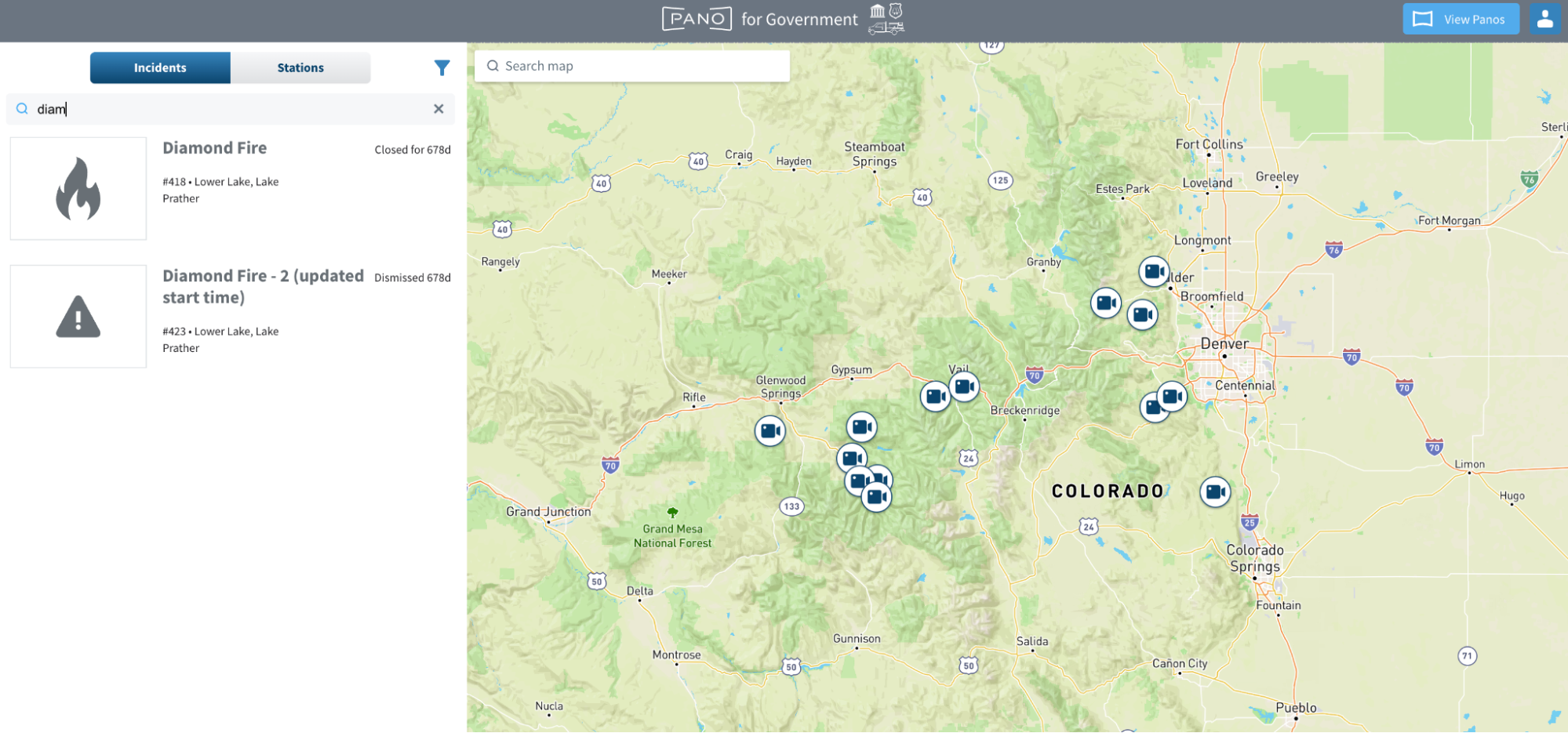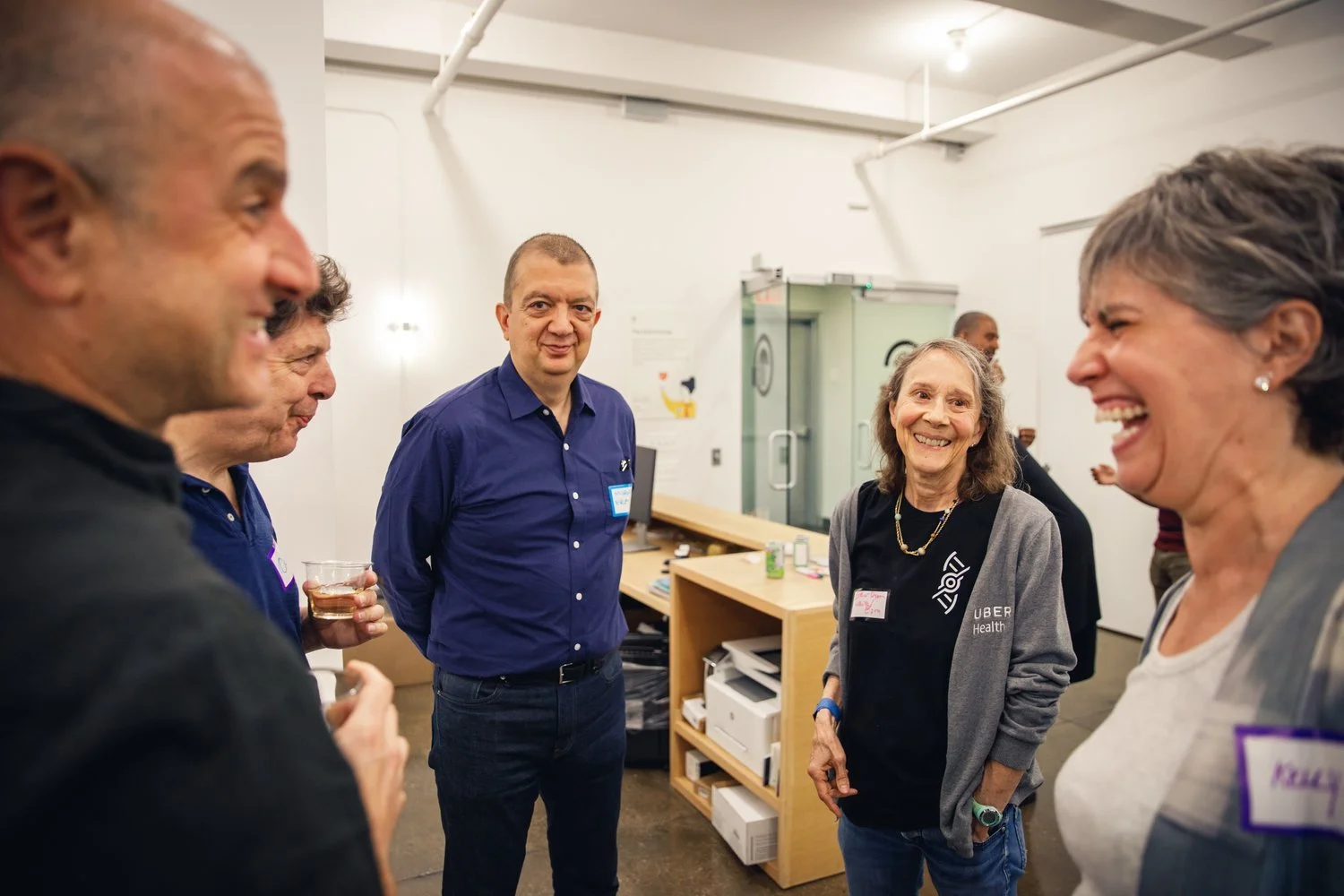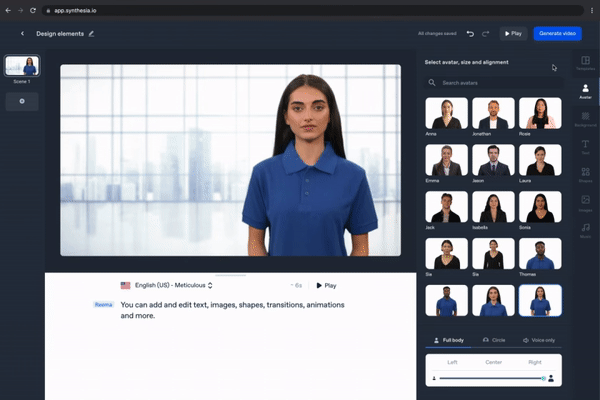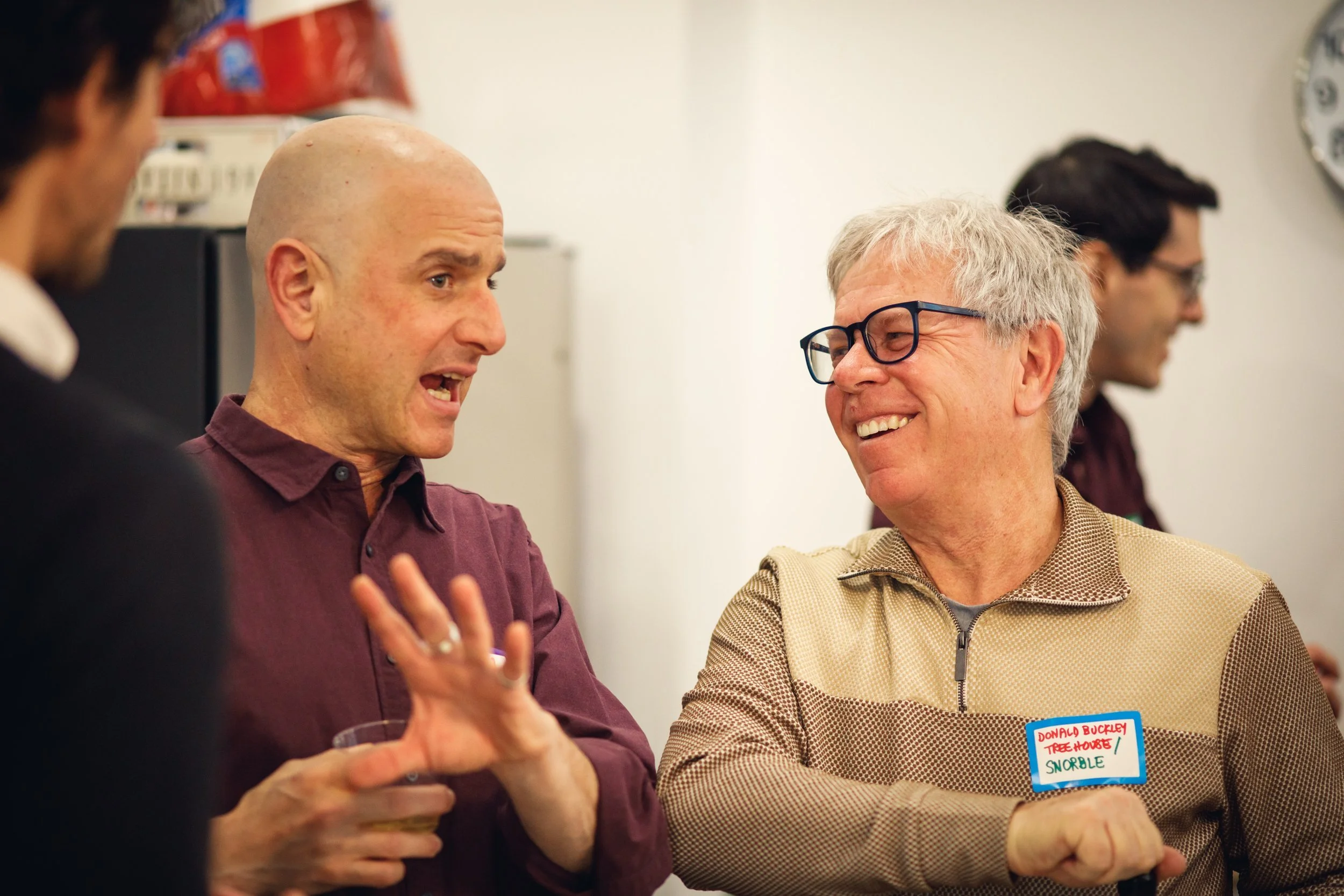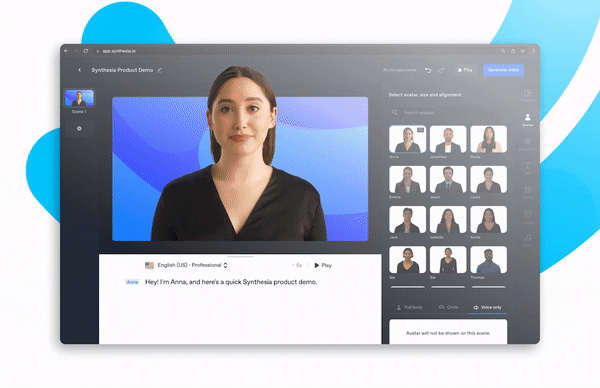Tackling the Climate Crisis by Detecting, Verifying & Classifying Wildfires in Real-Time With the Help of AI
/Sonia Kastner, the CEO & founder of Pano AI
The climate crisis is resulting in an increased frequency and intensity of natural disasters, and society needs new tools to be able to cope and adapt.
Sonia Kastner is the CEO & founder of Pano AI, the leader in early wildfire detection and actionable intelligence. Pano combines advanced hardware, AI and computer vision to automatically detect, verify and classify wildfire events in real-time.
Sonia has a BA in physics from Harvard University and an MBA from the Stanford Graduate School of Business. She has spent over a decade building and leading supply chain and manufacturing organizations across multiple solar and IoT companies including working on the early AI-powered Nest Cam.
At our 9th Annual LDV Vision Summit, Sonia shared how visual technologies are at the crux of disaster mitigation solutions to help tackle the climate crisis. Watch the video or read our lightly edited transcript below.
“Pano AI is a growth stage company based in San Francisco, and we are a team that's made up of both technologists as well as former firefighting professionals. We came together because we saw an opportunity to leverage modern-day technology to arm firefighters with better tools to combat the growing wildfire threat.
Being a San Francisco-based company, we've all experienced the devastation of wildfires firsthand. We've lived under clouds of smoke for weeks at a time. We've had friends and loved ones who have lost their homes and have been evacuated from schools and hospitals. Tens of thousands of people die each year from wildfire smoke. Wildfire smoke emits $1.7 billion tons of CO2 emissions each year. This problem is growing in part due to climate change.
The good news is that there are ways that we can roll back this wildfire trend even before humanity has solved climate change.
That's what we set out to do with Pano. With our first product, we are focused on the early phase of a fire: the time between ignition and, say, the first hour of a fire, when a fire is 5-10 acres. That's a critical inflection point of the fire.
The traditional approach is too slow in today's conditions. The traditional approach involves detection by a bystander who happens to see the fire and calls 911 and then the bystander's call needs to be confirmed by a single fire engine who drives around and tries to determine the location & severity of the fire. Most of these calls are false alarms and a lot of time and energy is wasted in this effort. Then the single fire engine calls back to dispatch to ask for support, usually from a local city response, which used to be sufficient but is no longer sufficient in today's conditions.
Before Pano was founded, there was a desire from the firefighting community for modern-day remote sensing technology to speed up and streamline every step in this process.
The center of our solution is a proprietary network of mountaintop cameras. We have a system called Pano Station that includes two ultra-high-definition security cameras. Pano stations have a 10-mile range so you don't need too many of them.
We mount them to an existing structure like a cell tower or a government comms tower. Although if needed we can put up a freestanding tower with solar and Starlink connectivity. 5G is also a great technology solution with a longer range than 4G. By leveraging these cameras, we, first of all, do detection by rotating the cameras 360 degrees every minute and sending the images up to the cloud through a computer vision deep learning inference looking for smoke with AI.
We combine that with satellite thermal detection AI. We also pull in other sources of data like 911 feeds. We then have a human-in-the-loop step where we use the camera feeds with the Pano intelligence center to dismiss any false positives and confirm fires. We then trigger only the true fires as alerts out to a variety of first responders.
Before fire season, we've onboarded a variety of agencies – city, county, state, federal, in the region – everyone who's interested gets push notifications simultaneously, and that allows them to have a common operating picture and coordinate an aggressive and more effective response.
We're growing like crazy with millions of dollars of revenue. Pano is live in six states in the US and two states in Australia. And we're just getting started! (Editor’s note: In July 2023, Pano AI announced their $17 million Series A extension at a slightly higher valuation than last year’s $20 million Series A. The extension round was led by Valor Equity Partners, and added a couple of strategic investors too; T-Mobile Ventures and Salesforce).
How it works
The first step is that the images are going through an AI algorithm. We use an object detection algorithm with bounding boxes to detect the smoke. Then that goes through our human-in-the-loop and it becomes an incident and it goes into our software interface.
Here’s what an incident looks like when it gets pushed to someone's phone and email:
When a new fire starts, they get hit with a time-lapse video of that fire growing.
They can see the latitude and longitude of the fire because we have an algorithm to triangulate the location of the fire based on a view from two of our stations.
We also have a share button that allows anyone who receives the incident to create a shareable link that can be sent to any user, even if that user doesn't have a login to our platform. This eliminates any friction of information-sharing in that critical first hour of the fire. We've gotten case study after case study where this functionality has allowed first responders to pull helicopters onto a fire sooner than they would have otherwise, to contain a fire at a home before it moves to the wilderness behind a home.
The solution that we've built has been designed to support a trend in firefighting which is called “Early detection and rapid initial attack”. A lot of heavy resources were purchased for large incidents, like 30,000-50,000 acre incidents – helicopters, planes, bulldozers, etc. Fire agencies discovered if they pull those heavy resources onto the fire in the first hour when it's 5-10 acres, those helicopters are effective at nipping the fire in the bud and preventing it from ever becoming a major incident in the first place.
Our solution has become a cornerstone of this rapid initial attack strategy. Pano's tool combined with this new strategy in the hands of progressive firefighting agencies, provides a hopeful message that we can live in a world with less wildfire destruction, less smoke in our air, and less destruction to our environment!”
Until recently, there was no visceral sense that the largest challenge we face is fixing the planet. Responding to environmental problems was for too long viewed by big companies as a marketing strategy to target consumers who were more environmentally conscious than others.
Today, the tides are, literally, changing, and sustainability is now mission-critical for businesses as new wisdom has emerged that illustrates how being ‘green’ is a catalyst for innovation and market opportunity. Read more in Evan Nisselson’s article, “Visual Data is Propelling a New Wave of Climate Tech”.
“It's interesting to think about what we can achieve as a venture capital community when it comes to solving challenging problems. Back in 2011, little money went into AI research. As soon as we proved that there was an ‘engineerable’ problem and that there was a market opportunity, we vectored hundreds of millions and billions of dollars into that sector. Something similar is happening in climate technologies,” said Azeem Azhar, a curator of “The Exponential View” and Venture Partner at Kindred Capital, at our 7th annual LDV Vision Summit in 2021.
In his keynote speech about visual technologies that help us fight climate change and move toward the net-zero economy, Azeem identified 3 business sectors ripe for innovation: renewable energy systems, food production, and agriculture, land use, deforestation.





